Sc RNA-Seq I: Preprocessing to Cluster Annotation
in Transcriptomics > Single Cell TranscriptomicsWhat you will learn?
This course will teach you how to study gene expression at the level of individual cells using single-cell RNA sequencing (scRNA-seq). Unlike traditional methods that average signals across millions of cells, scRNA-seq reveals the unique differences between single cells. This is essential for discovering new cell types, understanding how cells develop and change over time, and studying diseases like cancer at a much finer level.
You’ll learn the entire workflow step by step. We’ll begin with sample preparation, turning tissue into high-quality single-cell suspensions while keeping cells healthy and viable. Next, we’ll cover cell capture and barcoding using popular methods like droplet-based (10X Genomics) and plate-based (Smart-seq) approaches. You’ll also learn library preparation techniques for sequencing on platforms like Illumina, and how to handle raw sequencing data through steps like base calling, demultiplexing, alignment or pseudoalignment, and generating the count matrix that forms the basis of your analysis.
We’ll also focus on quality control, learning to filter out low-quality cells, dead cells with high mitochondrial gene content, and doublets. Normalization methods will help you correct for differences in sequencing depth, ensuring your results are accurate. You’ll then learn dimensionality reduction techniques like PCA, t-SNE, and UMAP to visualize your data, and clustering methods to identify distinct cell types or states. The course will also cover differential expression analysis to find marker genes, and downstream analyses like trajectory or pseudotime analysis, cell–cell communication studies, and integration of multiple datasets.
Finally, you’ll learn biological interpretation, using pathway and gene set enrichment analyses to make sense of your results and share them clearly and reproducibly. By the end of this course, you’ll have the knowledge and practical skills to confidently design, analyze, and interpret single-cell RNA-seq experiments—giving you the tools to uncover new insights into biology at single-cell resolution.
Comments (0)







